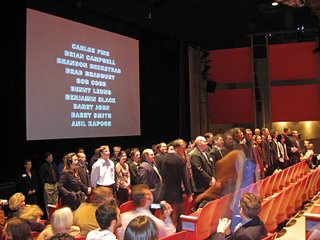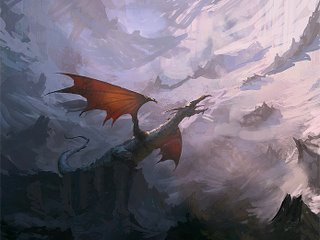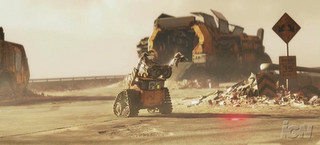
Head over to RottenTomatoes and IGN for the new WALL-E trailers. There are two versions, the domestic and international. You can also read Harry Knowles' take on the 15 minutes of footage he screened at the Butt-Numb-A-Thon 9 last week. Enjoy!


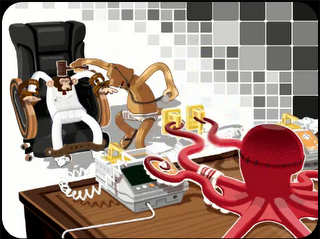 The students at Supinfocom in Arles, France always put out good work, and this latest one, "Musicotherapie" is no exception. Really original style and, uh, story. I don't know where they come up with this stuff...
The students at Supinfocom in Arles, France always put out good work, and this latest one, "Musicotherapie" is no exception. Really original style and, uh, story. I don't know where they come up with this stuff...
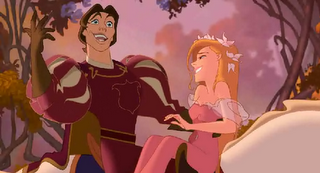

On a few of the pages you mention that you used other movies for inspiration, like the shining. I thought that was very interesting and its an approach I haven't tried before. How do you make a scene, that is from another movie, relate to your scene, and what do you look for in those scenes? It would be very helpful to hear how you plan your scenes by using material from other movies.This is a good question. Let me start by saying that I'm not looking to steal someone else's performance for my scenes. Rather, I'm looking for ideas that I wouldn't have thought of on my own. I can only go so far on my imagination; pretty soon my characters will all start to move and behave like me! Therefore I find it important to look outside myself for inspiration and reference, be it in other films or in real life. When doing research for a character I try to find live actors who resemble the character somehow, in personality and/or physiology. In the case of Syndrome, Brad Bird had suggested several actors, including Jack Nicholson. Nicholson's performance in The Shining is over-the-top, perhaps even cartoony, so I thought I might find some interesting ideas in there. I was looking for poses, facial expressions, gestures, bits of timing, anything I could find to make Syndrome more creepy and threatening (and a jerk). For the scene where Syndrome says "I'll give them heroics; I'll give them the most spectacular heroics anyone's ever seen!" I drew inspiration and reference from The Shining, Paul Gleason in The Breakfast Club, Ratigan in The Great Mouse Detective, and of course, my own imagination.
Maybe this is too in depth, but how do you decide how far to take a thumbnail? I mean, many times I have very loose thumbnails, and i wonder if it is better making them more refined. Like, even the stick figures have all of the motion etc defined and of the correct proportions for the character.The purpose of a thumbnail is just to communicate the important facts about a pose. For instance, the angle of the hips and shoulders, the curve of the spine, the placement of the feet, etc. Some rudimentary facial expressions may also be in order, depending on the shot. As long as you can clearly communicate these things to yourself (and anyone you may need to show them to) that is far enough. I think it's also important to convey the basic proportions of the character you're animating, otherwise you may draw poses that the model can't really achieve. That said, as someone who likes to draw I often find myself embellishing my thumbs with more detail than they need, just because I enjoy the process!
Once you get your boards, how close must you follow them when planning and thumbnailing?It depends on the story boards. Sometimes they're very specific and indicate exactly what the director wants, so I try to match them as best I can. Other times the boards are loose and just suggest the main beats of the shot, so I try to make it my own. The director and I will discuss the scene before I begin planning, and he'll let me know what he expects and how closely I need to follow the boards.
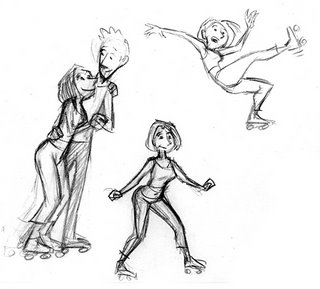
The creators of "Beowulf" don't call it animation, nor do they intend to replicate real life."It's a new art form that is performance-based," producer Steve Starkey said, echoing comments Zemeckis made about his 2004 effort, "The Polar Express" (a performance-capture movie that had many traditional animators shuddering for its characters' lifeless eyes and stilted movements.)
"If one were to call it traditional animation, I think it would be a disservice to the brilliant animators of the like that worked on 'Roger Rabbit,' that brought those characters to life. I also think it would be a disservice to the performers like Ray Winstone, whose performance lives on-screen."
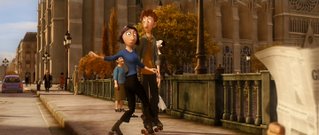
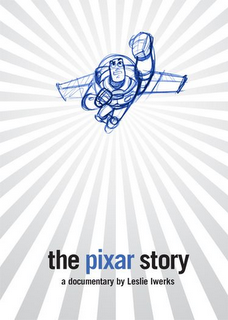
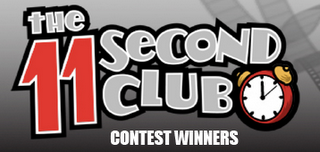
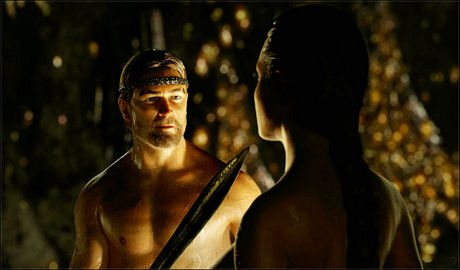


 Check out the latest highlights of the work being done by students at AnimationMentor.com. I'm teaching there again this semester and I'm always amazed at the talent they attract.
Check out the latest highlights of the work being done by students at AnimationMentor.com. I'm teaching there again this semester and I'm always amazed at the talent they attract.
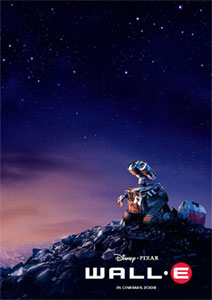
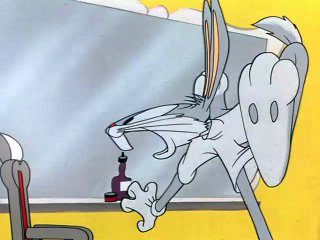
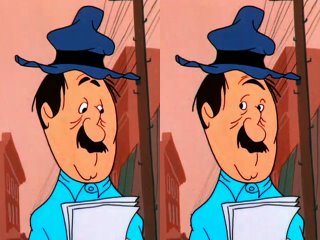

 There, 7,000 lucky guests were treated to glimpses of preproduction art, animation tests and a synopsis of the film by director Andrew Stanton. They also got to see a sound demo by Star Wars veteran Ben Burtt, and about 7 minutes of footage from the film! Here are some reviews of the event:
There, 7,000 lucky guests were treated to glimpses of preproduction art, animation tests and a synopsis of the film by director Andrew Stanton. They also got to see a sound demo by Star Wars veteran Ben Burtt, and about 7 minutes of footage from the film! Here are some reviews of the event: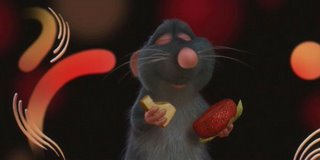
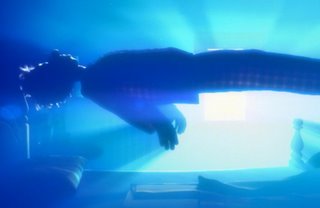
2 loops from walking animated wall painting.
the video is stretched horizontally. It was filmed with a camera in vertical position but youtube doesn't accept that format.
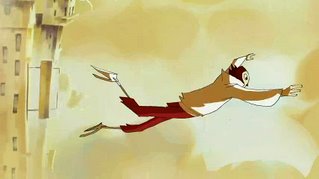
Another thing that bugged me was the Lifted short, the main alien reminded me to much of the “I Will Survive” animation that was everywhere online about five years ago where the alien was singing “I Will Survive” and then at the end a disco ball falls on it and flattens it. There were some funny parts in the short, but not great.First of all, don't believe this guy. Lifted is hilarious! But beyond that I don't see much similarity between it and my film, other than that there are green aliens involved, and some violence. I don't even think director Gary Rydstrom had seen my film before he started to develop Lifted. The alien designs are a lot more interesting than mine, and they have TWO eyes! Take that! This reminds me of some similar conjecture years back when people were saying that Mike Wizowski of "Monsters, Inc." was a rip-off of my alien as well. Well, maybe there's a hair of truth to that...
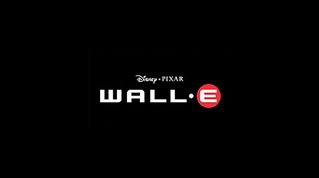
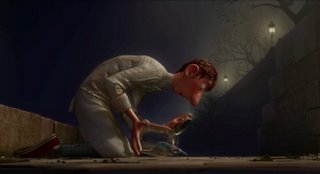
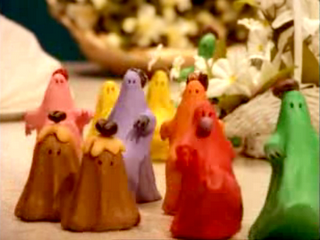
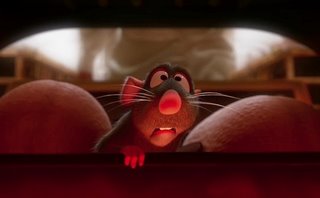
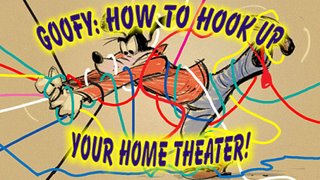
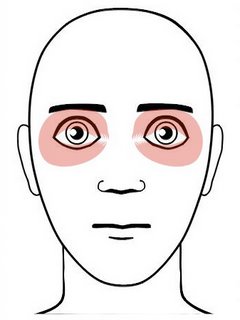 In the meantime, here's an interesting resource for facial expressions: ARTNATOMY. It's a bit academic, but I think it's valuable for artists and animators to familiarize themselves with facial anatomy, and this site presents the information in an interesting and interactive way.
In the meantime, here's an interesting resource for facial expressions: ARTNATOMY. It's a bit academic, but I think it's valuable for artists and animators to familiarize themselves with facial anatomy, and this site presents the information in an interesting and interactive way.
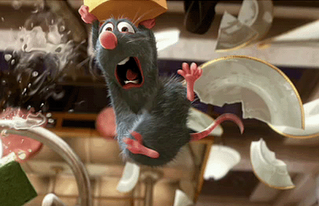 Officialese:
Officialese: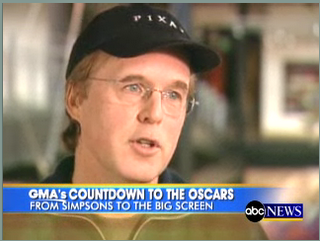
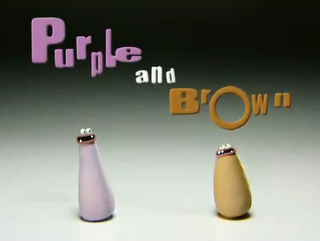
Aardman Animations is continuing its full-scale deployment of television content with a new interstitial series titled Purple and Brown for Nickelodeon U.K. Created by Aardman's Richard Webber, the ten one-minute shorts are set to launch on the kids' channel on Feb. 13 and are now available for download on Nickelodeon U.K.'s broadband video service, TurboNick.
Purple and Brown are two comical stop-motion characters who live in a world populated by other equally weird and wonderful plasticine characters. In each episode, they greet their new friends with infectious laughter and an innocent curiosity, which always ends in one or both of them sustaining a considerable degree of injury.
The series is exec produced by Nickelodeon's Howard Litton, along with with Aardman's Miles Bullough, David Sproxton and Peter Lord. Webber, whose animation credits include Creature Comforts, Angry Kid and Morph, writes, directs and provides voices for the interstitials.
Aardman recently sold its clay-animated Creature Comforts television series to U.S. broadcaster CBS, which will air an Americanized version as a 2006-2007 midseason entry.
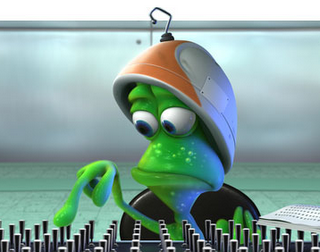
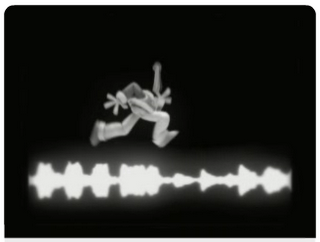 One of my favorite French animators, Romain Segaud, has a new (to me) web site featuring a variety of his personal and commercial work. My favorites are the short film "TimTom" and the music video "Bip Bip". Allez voir!
One of my favorite French animators, Romain Segaud, has a new (to me) web site featuring a variety of his personal and commercial work. My favorites are the short film "TimTom" and the music video "Bip Bip". Allez voir!
